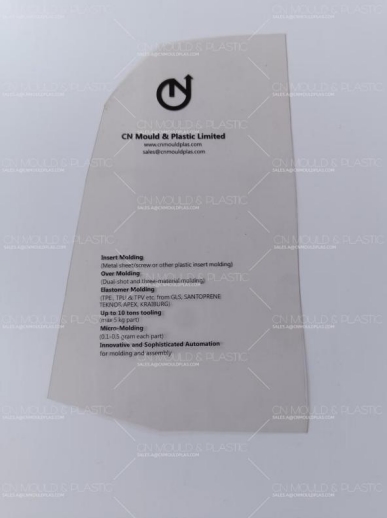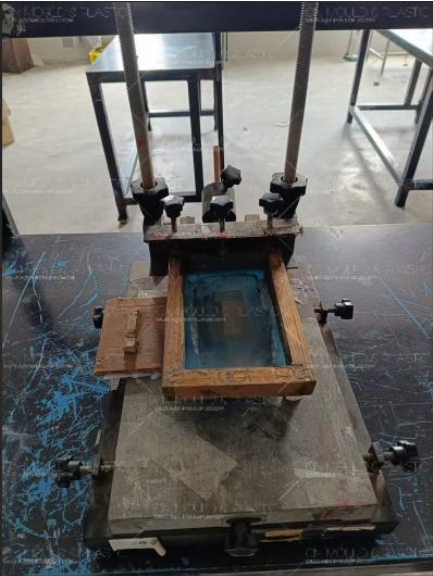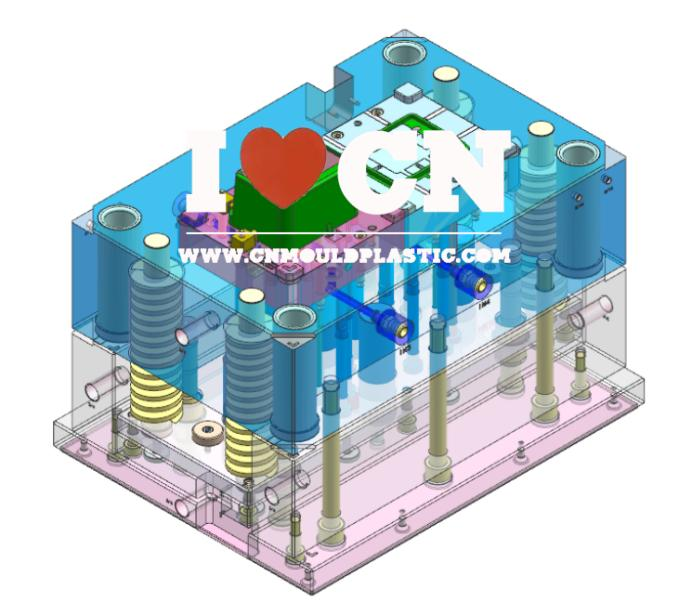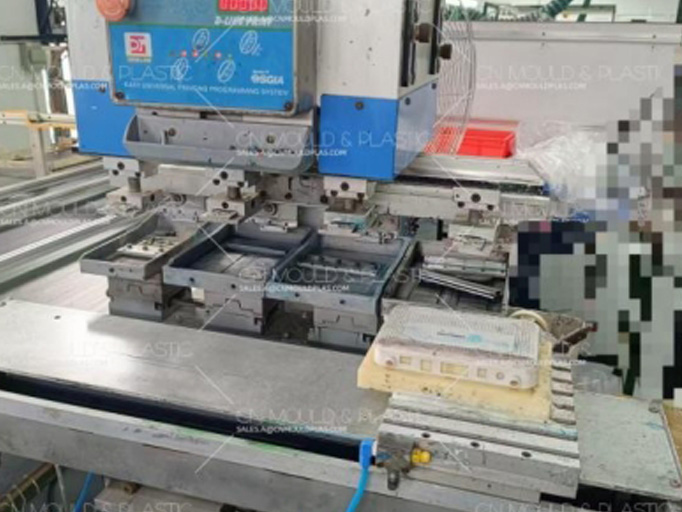The secondary processing of plastic products is in contrast to the primary processing, that is, the products that have been formed through primary processing (such as injection molding, extrusion, and die casting) are further processed. The secondary processing of plastic products mainly includes surface decoration, machining, assembly, etc. The methods of product surface decoration include screen printing, pad printing, hot stamping, heat transfer printing, water transfer printing, decalcomania, spraying, electroplating, flocking, cloth covering, etc.; machining methods include drilling, turning, milling, bending, rolling, etc.; in terms of assembly, it mainly includes hot melt welding, ultrasonic welding, etc. The secondary processing of plastic products can increase the added value of the products and can form products that cannot be formed through primary processing. The following introduces the main secondary processing methods of plastic products.
Section 1 Screen Printing of Injection-Molded Parts
Screen printing is the abbreviation of "silk screen printing". Silk screen printing is to stretch silk fabrics, synthetic fiber fabrics or metal screens on a screen frame, and use the methods of manual film carving or photochemical plate making to produce silk screen printing plates. Modern silk screen printing technology uses photosensitive materials to produce silk screen printing plates through photographic plate making methods (making the screen holes in the graphic part of the silk screen printing plate through holes, while the screen holes in the non-graphic part are blocked). During printing, through the extrusion of the squeegee, the ink is transferred to the substrate through the screen holes of the graphic part, forming graphics and texts the same as the original. Silk screen printing equipment is simple, easy to operate, and the printing and plate making processes are simple with low costs and strong adaptability. Silk screen printing has a wide range of applications. Common printed products include: color oil paintings, posters, business cards, binding covers, product signs, and dyed textiles, etc.
(1) Images: Graphic films (films).

(2) Screens: According to the materials, they are divided into nylon screens, polyester screens, and metal screens; according to the mesh count, 200-300 meshes are more commonly used.
(3) Screen frames: Aluminum alloy or wooden frames.
(4) Screen printing machines: Used for automatic screen printing.
(5) Fixtures: Screen printing tables, fixing clips, etc. for installing and fixing the screen plate.

(6) Squeegees (scrapers): Made of polyurethane materials.
(7) Infrared heating: To dry the screen printed patterns.
(8) Screen printing pattern materials: Including inks, solvents, additives, etc.
The process of screen printing of injection-molded parts is as follows.
Pattern design → Film output → Screen frame manufacturing → Screen stretching → Coating photosensitive adhesive and drying → Determining the position of the film and placing it well → Exposure → Water washing → Selecting inks and adjusting the color → Adjusting the viscosity → Placing the blanks (checking whether they are qualified before placing) → Fixing the fixtures, screen plates, and aligning the workpieces → Printing → Air drying → Drying → Inspection → Packaging
(1) Try to avoid steps and bosses around the printed pattern. When unavoidable, the steps or bosses should be at least 7mm away from the graphics and texts.
(2) The selection of inks should be determined according to the substrate to be printed. Different substrates have a great influence on the adhesion of inks. Special inks should be selected for the effects of special patterns, such as inks with color-changing effects, inks with mirror effects, etc.
(3) Selection of screens: The finer the pattern, the larger the mesh count of the screen should be. The thickness of the ink is proportional to the thickness of the coated photosensitive adhesive, but the printing cost is high. Metal screens and carbon fiber screens are used for highly precise patterns, generally for the printing of circuit boards. Colored screens have a better effect than white screens. Colored screens can reduce the refraction during photosensitization and reduce the impact on the pattern accuracy.
(4) Selection of squeegees (scrapers): The harder the hardness, the finer the pattern. The hardness of the squeegee materials increases in turn according to the colors of yellow, red, green, blue, and brown, with the Shore hardness ranging from 55° to 90°.
(5) The screen frame is required to be firm and not deformed.
(6) Substrates of screen-printed plastic parts
① The substrates of screen-printed plastic parts are generally divided into polar substrates (such as ABS, HIPS, PS, PC, PET, PVC, etc.) and non-polar substrates (such as PP, PE, etc.). Polar substrates and non-polar substrates will also have differences in the selection of inks due to different materials. For example, corresponding inks should be selected for PC, ABS, etc. for screen printing. Generally, non-polar substrates have poor adhesion to inks, and surface treatment is required before screen printing to ensure adhesion.
② The substrates for screen printing are required to be clean on the surface, free of oil stains, and no oily release agents should be used during injection molding processing, and the parts should have no internal stress.
(1) Mirror effect: Used for reverse printing of transparent parts. The adhesion of this kind of ink is poor, and a protective layer must be printed.
(2) Multi-color patterns: Manual screen printing has an impact on the registration accuracy. Multi-color patterns generally adopt automatic printing, which is suitable for mass production of small parts, but the equipment investment cost is high.
(3) Gradient effect: It can produce patterns with simple changes in light and dark shades.
(4) Color-changing effect: The color changes according to the height of the temperature and the different orientations.
(5) Gloss: Semi-gloss and matte surface effects.
(1) Adhesion: Cross-cut method (GB 9286-88).
(2) Color: Meeting the color requirements of the sample or color card.
(3) Lines: The lines of the pattern are uniform in thickness.
(4) Registration: The registration position of the pattern is accurate.
(5) Pattern continuity: Whether the screen-printed pattern is broken.
(6) Position: Whether the position of the screen-printed pattern meets the requirements of the drawing.
(7) Integrity: Whether there are missing strokes or incomplete strokes.
(8) Other special requirements: Meeting the requirements of abrasion resistance, aging resistance, solvent resistance, etc.

